The time is here again! There is a nip in the air and black and orange abound. Creativity is flowing – Halloween is here. Before long, a large number of people reading this will be carving pumpkins. I hope to do the same. But as many of you, I don’t know much about the history of jack-o-lanterns, at least not until the past week.
And now that I do, it is already adding more fun to this year’s celebrations. In fact, I just messaged a few friends of mine to ask if we are going to plan a carving party. I can’t wait to fill them in on the details.

Get history fun delivered to your inbox each week. Sign up for our newsletter here.
Will o’ the wisp
You may be familiar with the term, but do you know what exactly a will o’ the wisp is?
Merriam-Webster defines it as:
The will-o’-the-wisp is a flame-like phosphorescence caused by gases from decaying plants in marshy areas. In olden days, it was personified as “Will with the wisp,” a sprite who carried a fleeting “wisp” of light. Foolish travelers were said to try to follow the light and were then led astray into the marsh. (An 18th-century fairy tale described Will as one “who bears the wispy fire to trail the swains among the mire.”)
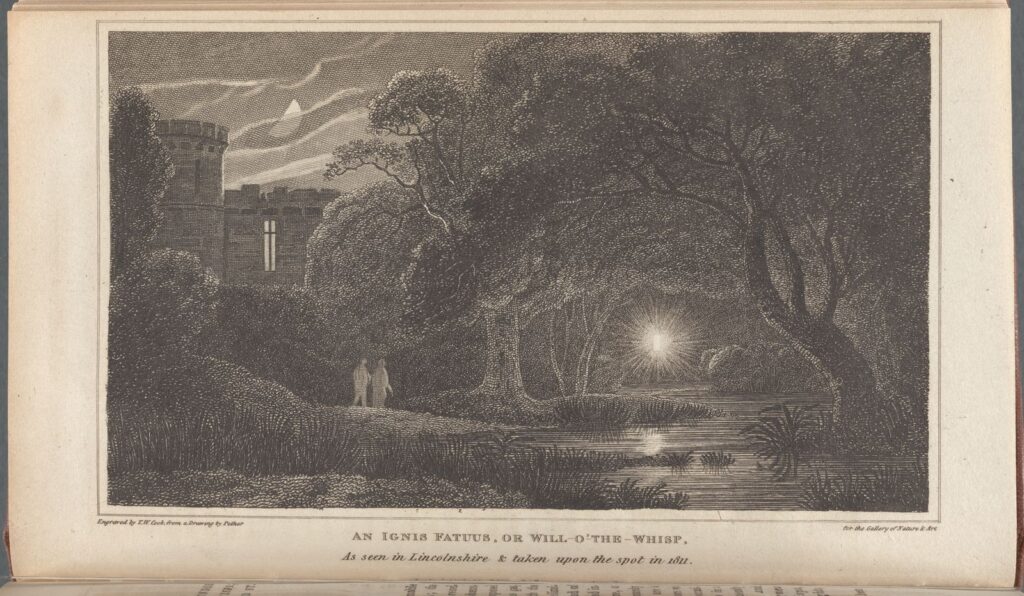
I will save the little tidbit about the “foolish travelers” for another post. For now, it’s all about Halloween pumpkins more than that level of macabre.
So – what does flame-like phosphorescence have to do with the history of jack-o-lanterns? Simply put, various pieces of local lore began to form, especially with the increase of people roaming farther from home in the mid-19th century and pursuing the floating lights. The figment took on the name “Jack” in some of the more influential areas of the British Isles. Pitt.edu describes the English lore in the following way:
England
The Ignisfatus, or exhalation termed “Will-with-a-Whisp,” or “Jack-with-a-Lanthorn,” which is sometimes seen in churchyards, or marshy and fenny places in summer and autumn, was considered by many old inhabitants in this neighbourhood, when the author was in his infancy, to be a kind of device of the evil spirit to draw human beings from the road they were pursuing into some frightful abyss of misery; and there leave them without any hope of regaining the enjoyment of happiness in the land of the living.
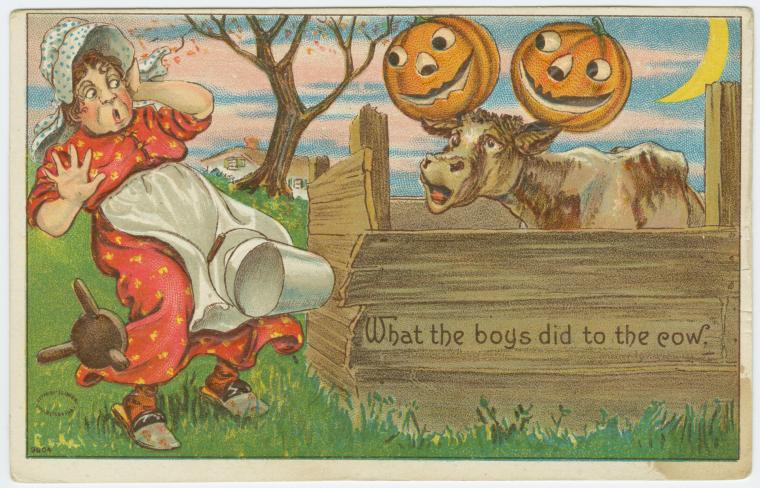
As for Ireland, they site the urban legend as:
Ireland
There’s a sort of a light on the sea sometimes; some call it a “Jack o’ Lantern” and some say it is sent by them to mislead them.
There are many other local legends tying the will o’ the wisp to Jack–lanterns. Read about them here:
Will-o’-the-Wisp / Jack-o’-Lantern
I suppose it’s easy to understand how the tradition of carving a pumpkin and placing it with a glowing light inside could take on the name of “Jack,” but there is more to note.
Stingy Jack
An early reference to an actual root vegetable being used as a light is in the Irish legend of Stingy Jack. It’s a complicated one, so read carefully.
Originating in the 1600s, the story is one of a crook named Jack who meets the Devil out drinking one night. When the time came to pay for their drinks, Jack somehow convinced the Devil to shapeshift into a coin (I’m not sure how it was supposed to work after the bill was paid). But while Jack had promised his new friend that would be the end of the trick, he instead pocketed the coin-Devil, preventing him from shapeshifting back.
The two would end up in a bitter feud. Under the condition that the Devil would spare his soul should he die, Jack freed the Devil. But seeing the power of blackmail he chased the Devil up a tree on another occasion. It was only under the provision that he would be left alone for ten years that Jack let the fed-up Devil down.
Jack should have chosen his friends more carefully. He died soon after, with both God and the Devil refusing him shelter. The Devil tossed him a piece of coal and sent him on his way. Out of utility Stingy Jack popped the coal into a turnip for more light. He has been wandering the earth ever since.
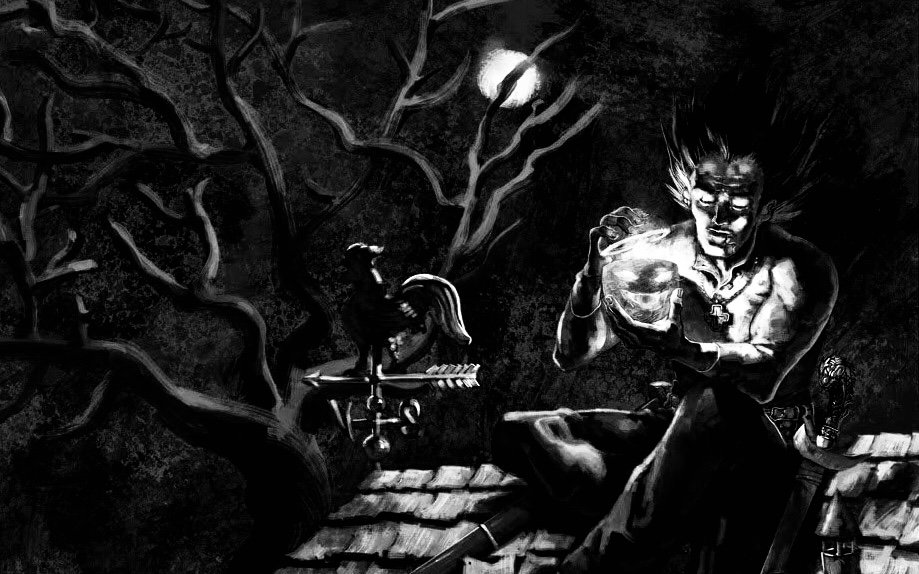
Want more details on the feud? Learn more in these videos:
Stingy Jack | The Jack-O’-Lantern Story
Stingy Jack: The Origins of the Jack O’ Lantern (Classic Tales Retold)
Speaking of turnips…
As we have seen, the history of jack-o-lanterns started in the British Isles. Interestingly, pumpkins are native to North America, but not at all to that part of the world. Instead, as Stingy Jack did, the early lit-up root vegetables used to celebrate the spooky holidays of fall were turnips.
Personally, as for warding off evil spirits or mimicking an accessory belonging to a corrupt ghost, I think turnips make a lot more sense. They are truly creepy.
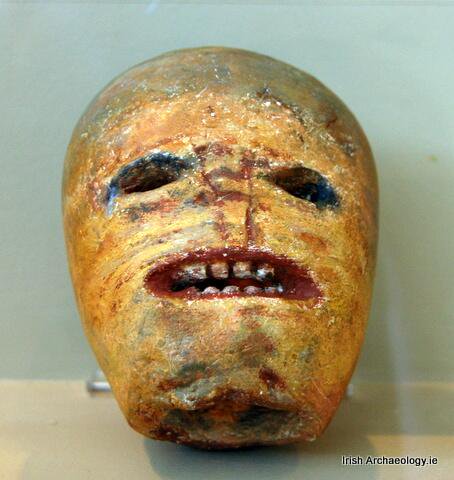

The 19th century brought an enormous influx of Irish immigrants to America, along with their traditions. Pumpkins were widely available, and a more cheerful jack-o-lantern was born.
Punkie Night
Will-o-the-wisps and Stingy Jack put the idea in the minds of British Isle residents, and it would become solidified forever as a Halloween tradition in the 19th century.
It is challenging to gain consensus as to the exact origins of Halloween other than it is undoubtedly based on a European pagan tradition. One of these is Punkie Night, which many believe is where jack-o-lanterns found their place.
It is well-known that celebrations honoring the beginning of fall and/or the dead have taken place in various parts of the world in late October/early November for centuries. One such tradition was called Shamain and is still recognized by some who practice earth-based faiths still today. While the exact origin is dubious, it is possible that families placed jack-o-lanters in front of their doors for protection in the lead-up to the night. On one particular night, recognized as Punkie Night, children would go begging for candles to be used to light them.
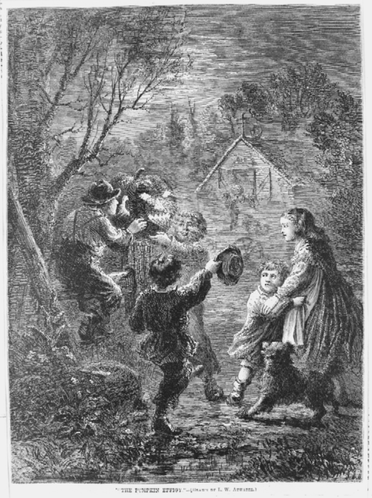
Says the Wikipedia entry for the occasion:
No one knows how the custom originated, although it is almost certainly linked with Hallowe’en and similar traditions can be found across the West Country. As Morrell (1977) explains, the word “Punkie” is an old English name for a lantern, and jack o’lanterns for Punkie Night may be made of swedes or mangel-wurzels rather than pumpkins.[1] An alternative explanation of the term is that it is derived from pumpkin or punk, meaning tinder.[2] Cooper and Sullivan (1994) attribute the custom’s origins to a fair which was at one time held at Chiselborough. Men who would come back late from the fair would often need candles as lights to guide them home, in late October, which, as Cooper and Sullivan explain, would lead either to women making a jack o’lantern for their husbands, or men making the jack o’lantern, according to different versions of story.
The begging of candles was accompanied by a nursery rhyme:
It’s Punkie Night tonight
It’s Punkie Night tonight
Adam and Eve would not believe
It’s Punkie Night tonight
That’s a little bit about the history of jack-o-lanterns to add more meaning to your carving this year. Let us know in the comments what you plan to carve into yours!
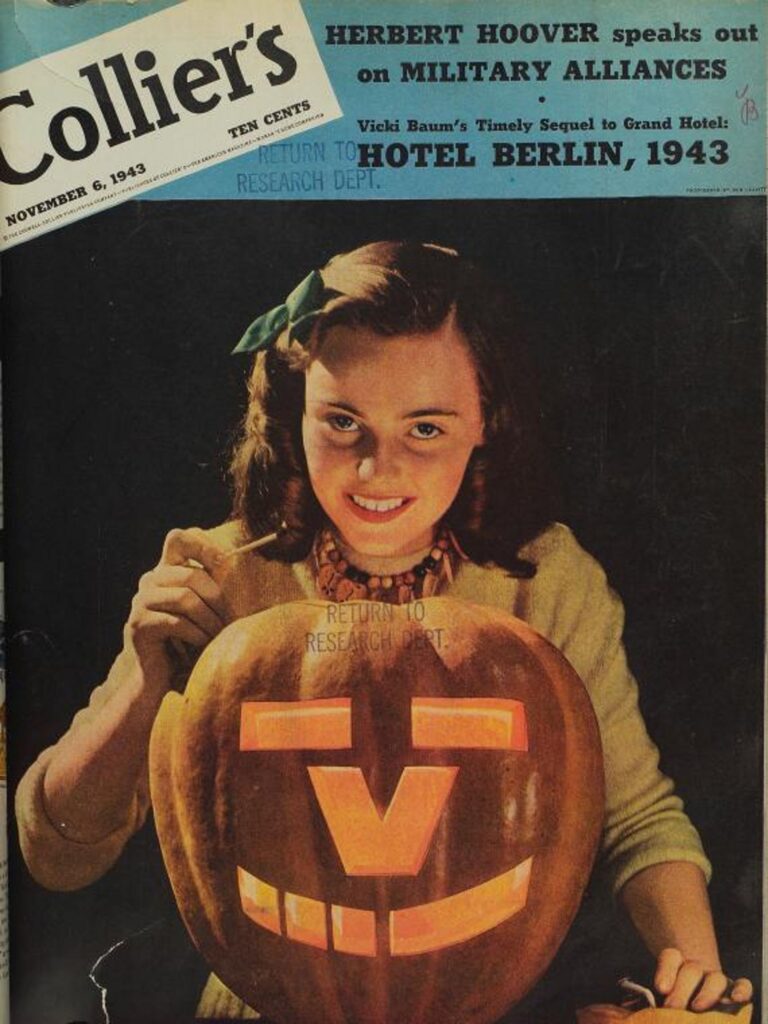
More Halloween fun:
Fun and Happy Vintage Halloween Images
5 women that make great Victorian Halloween costumes

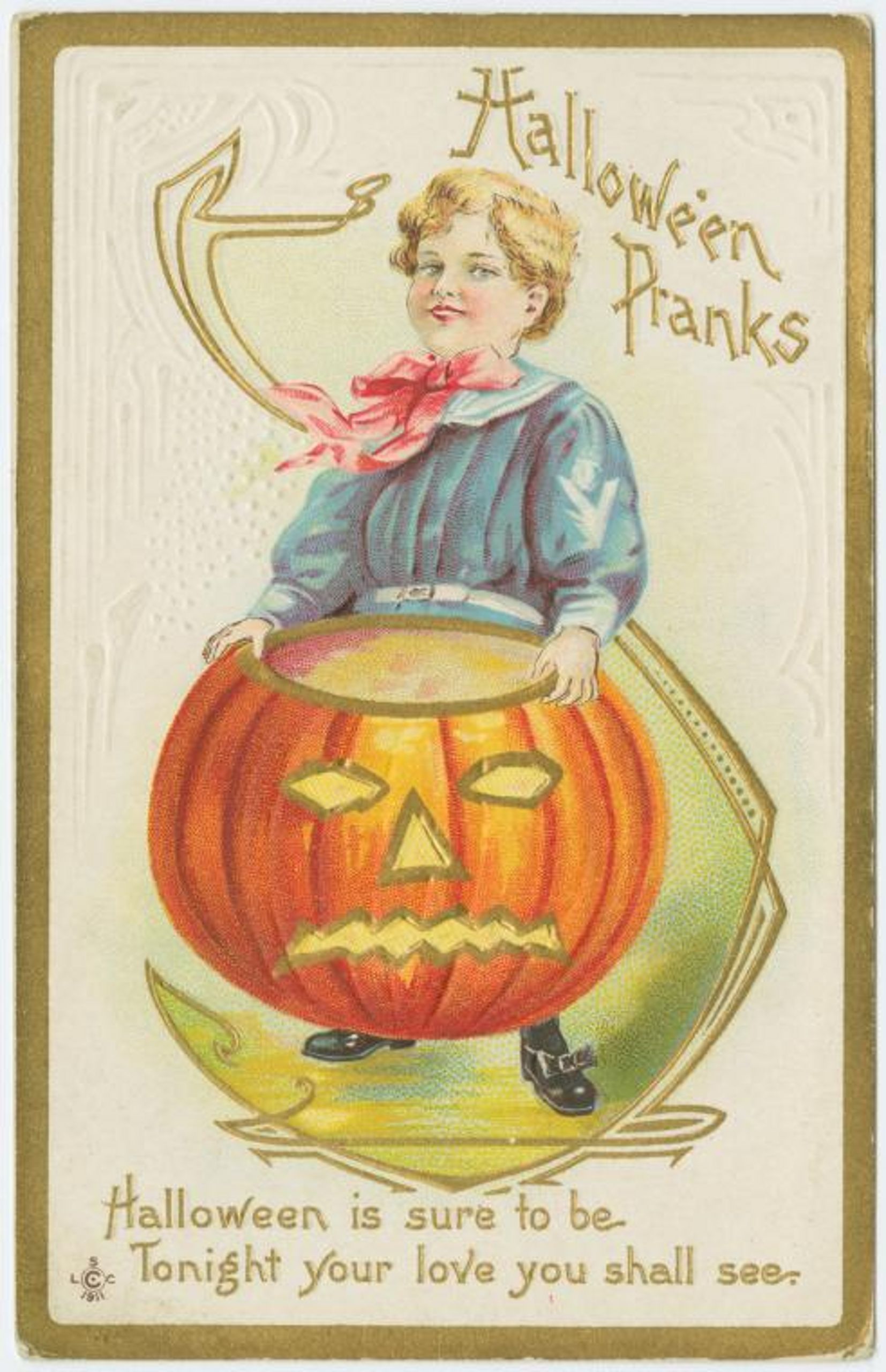

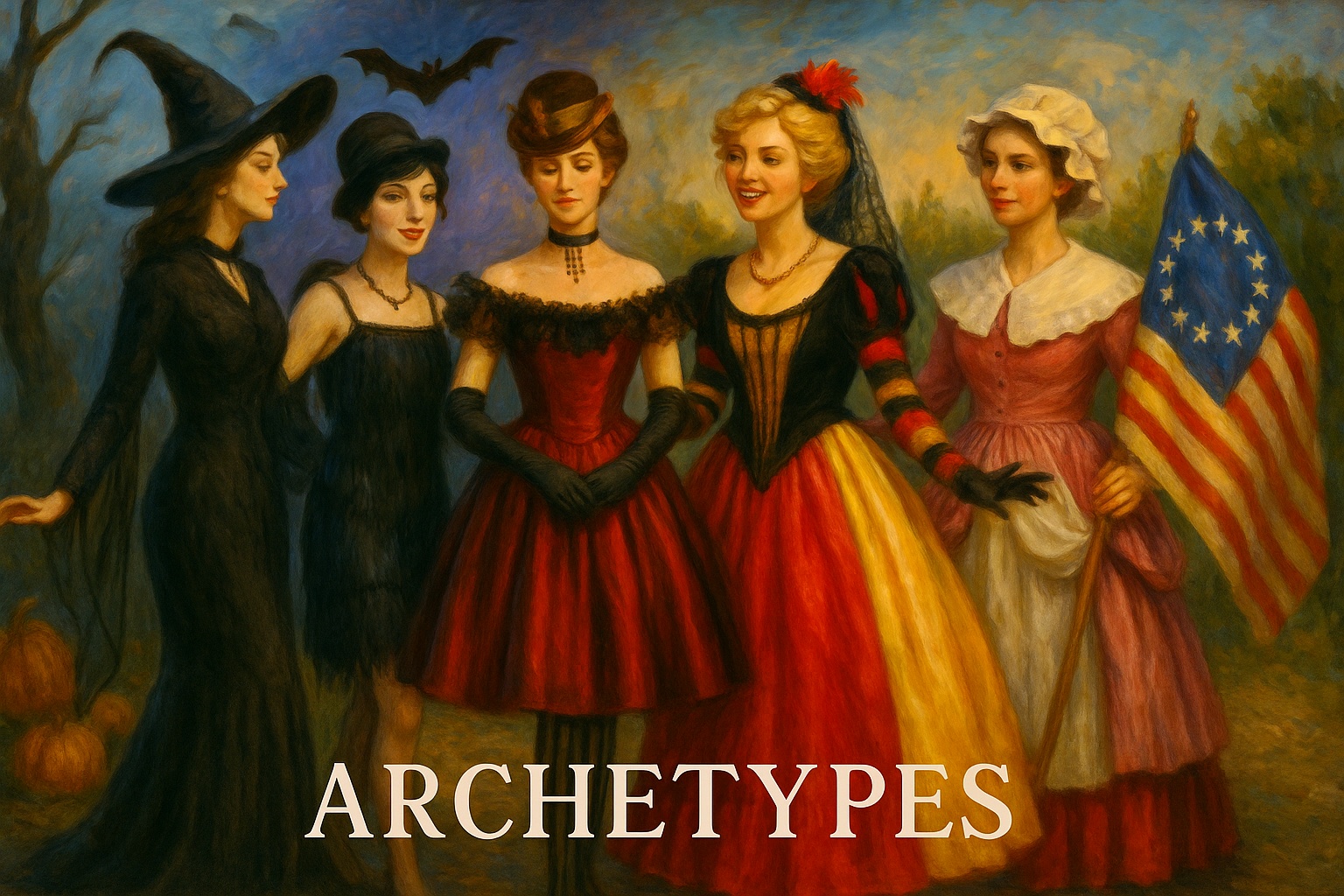


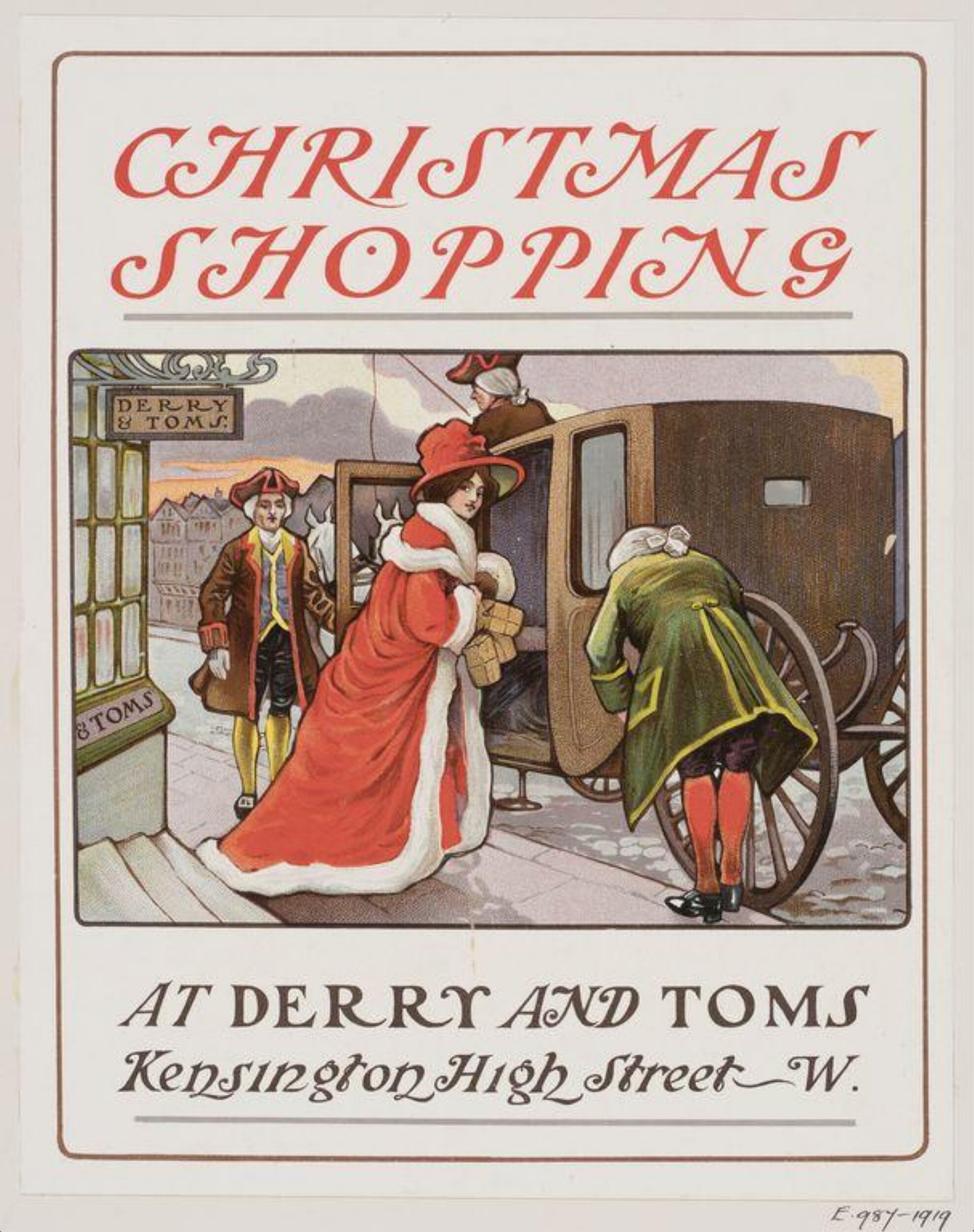
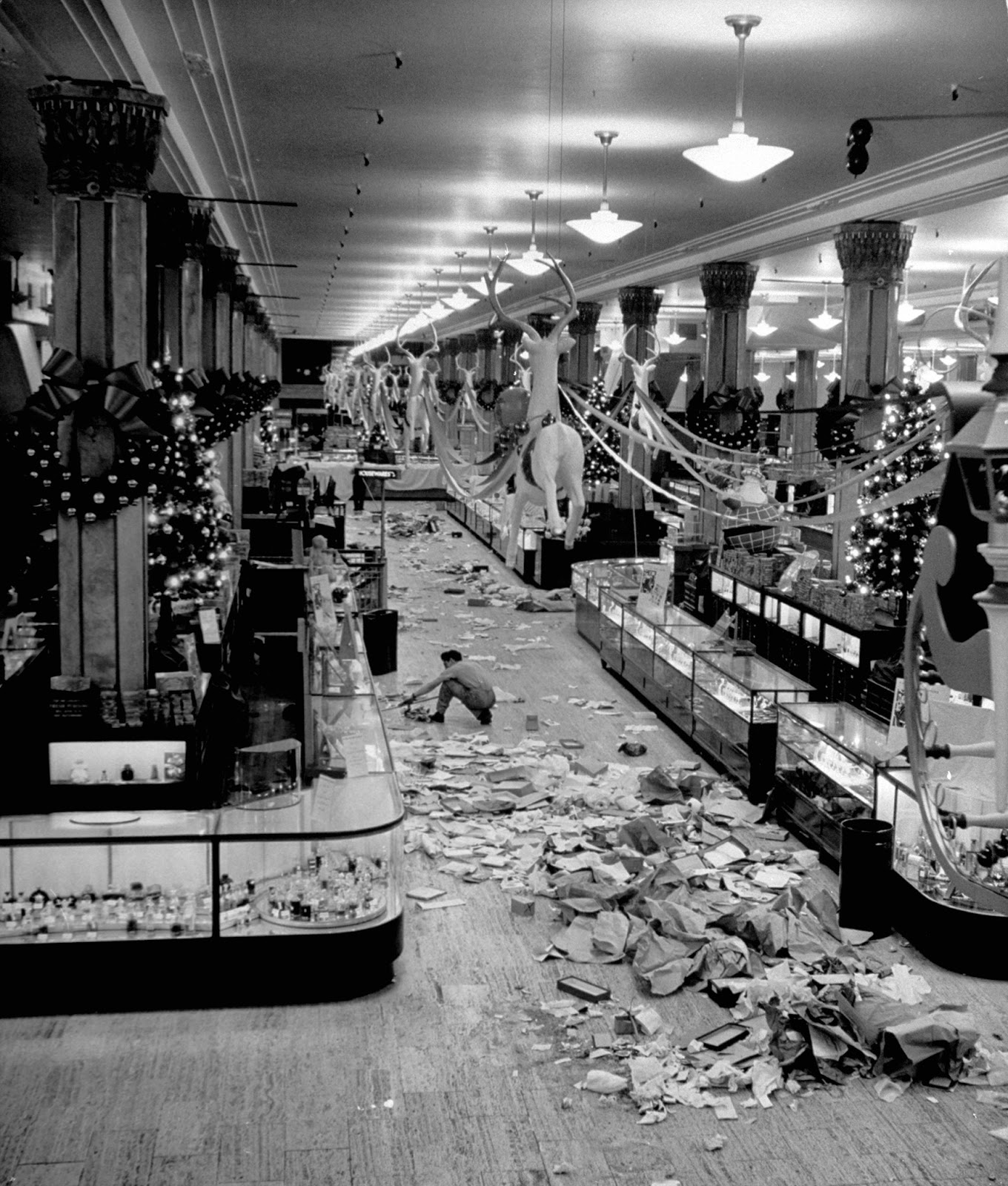
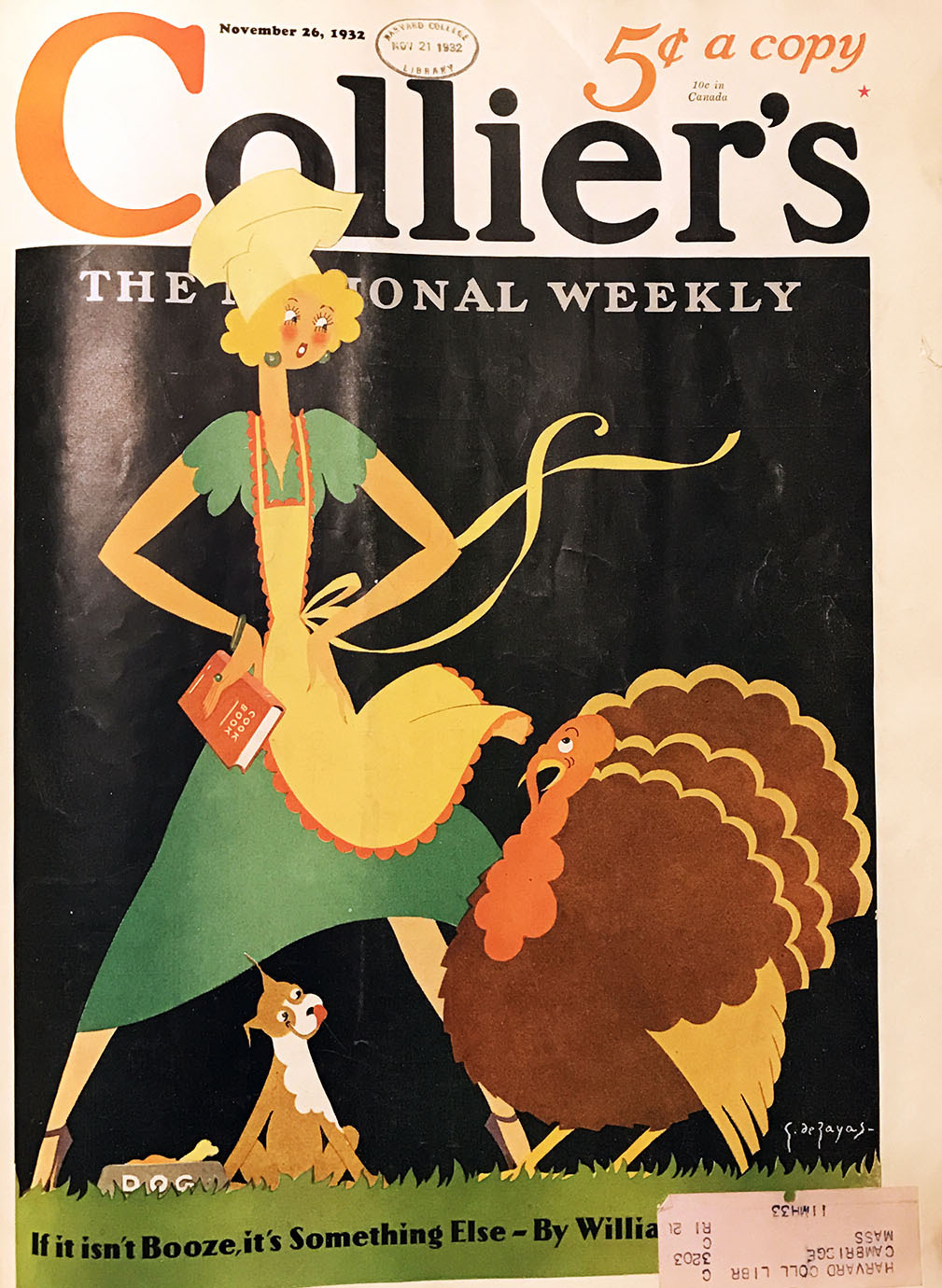
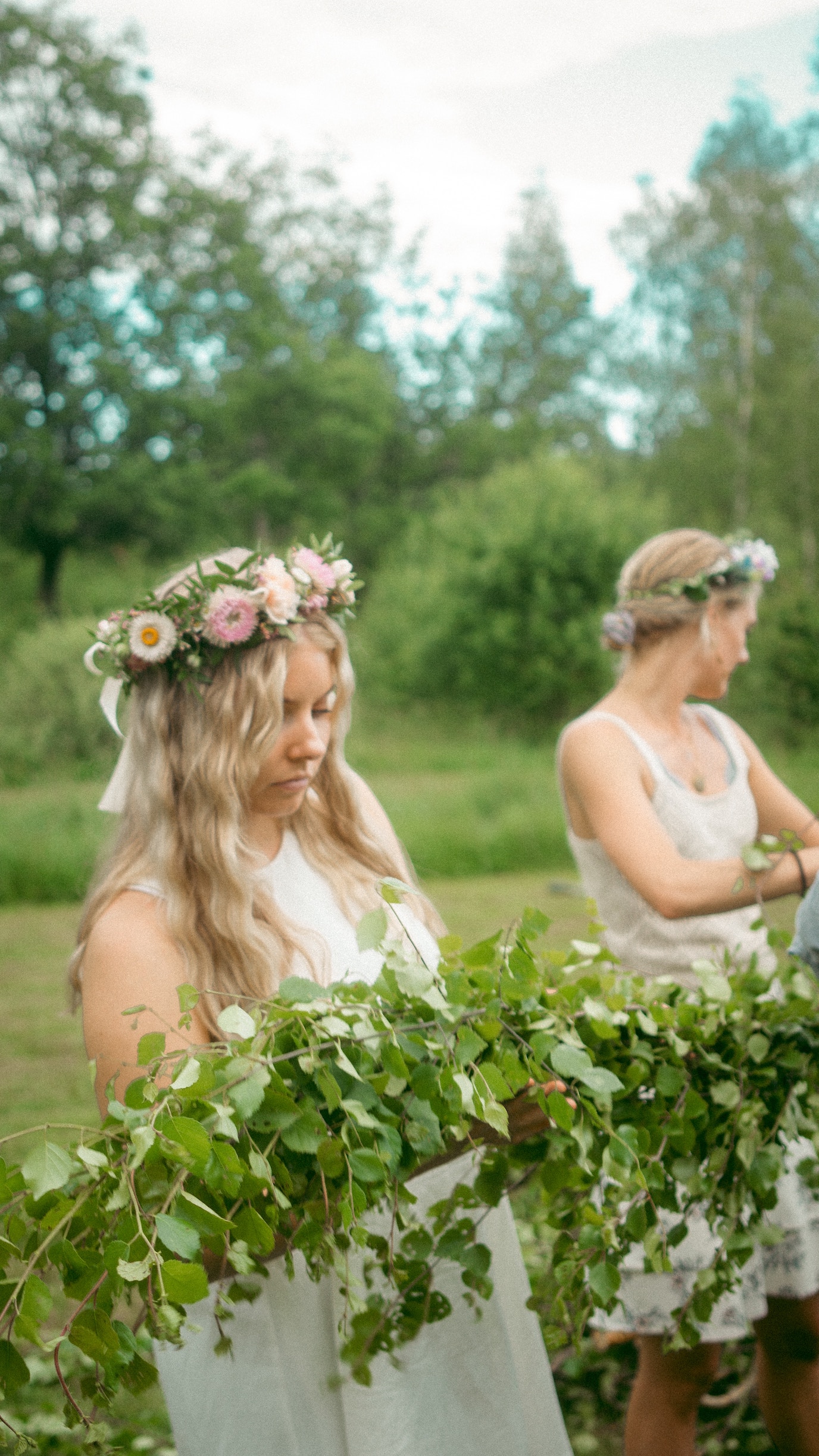
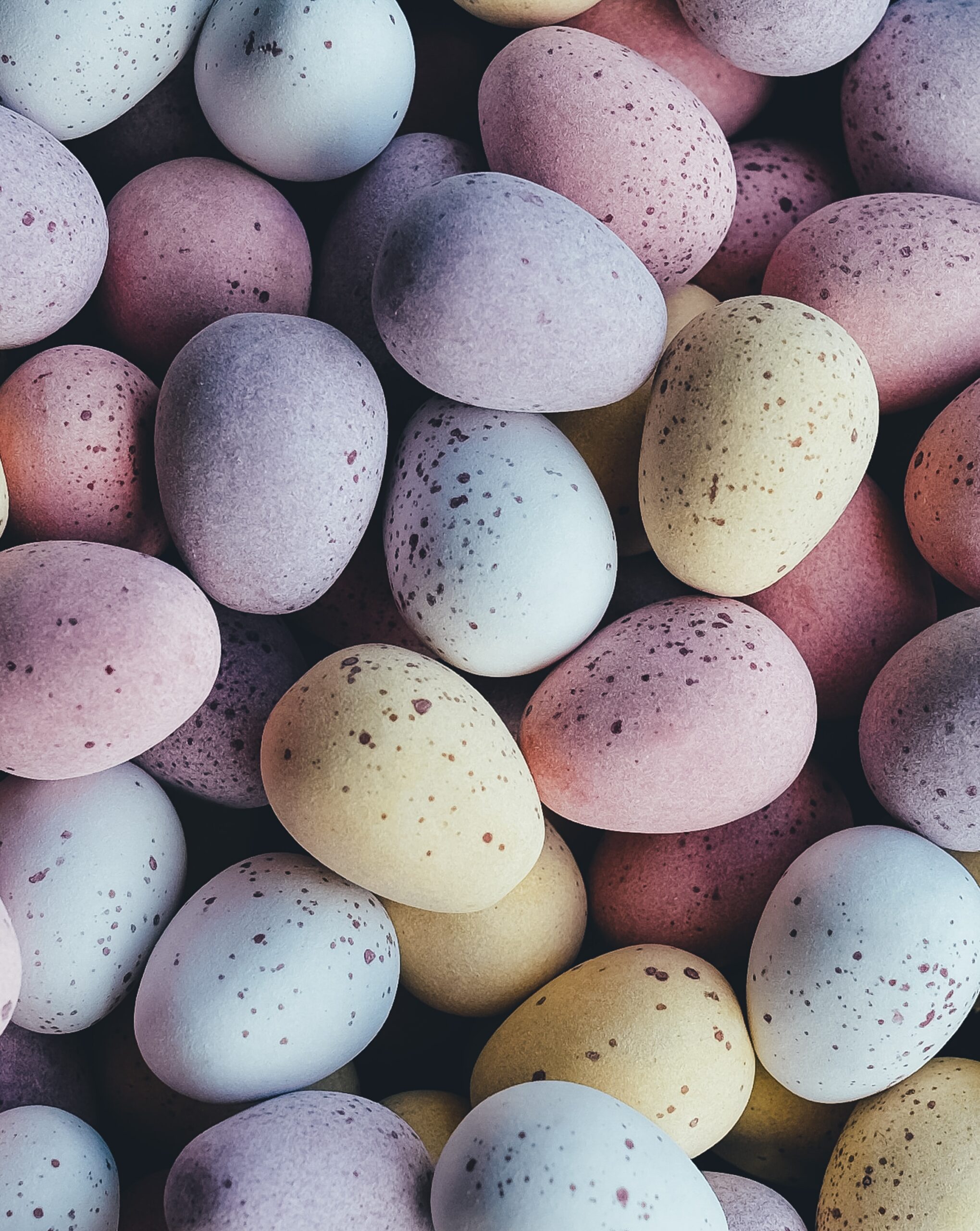
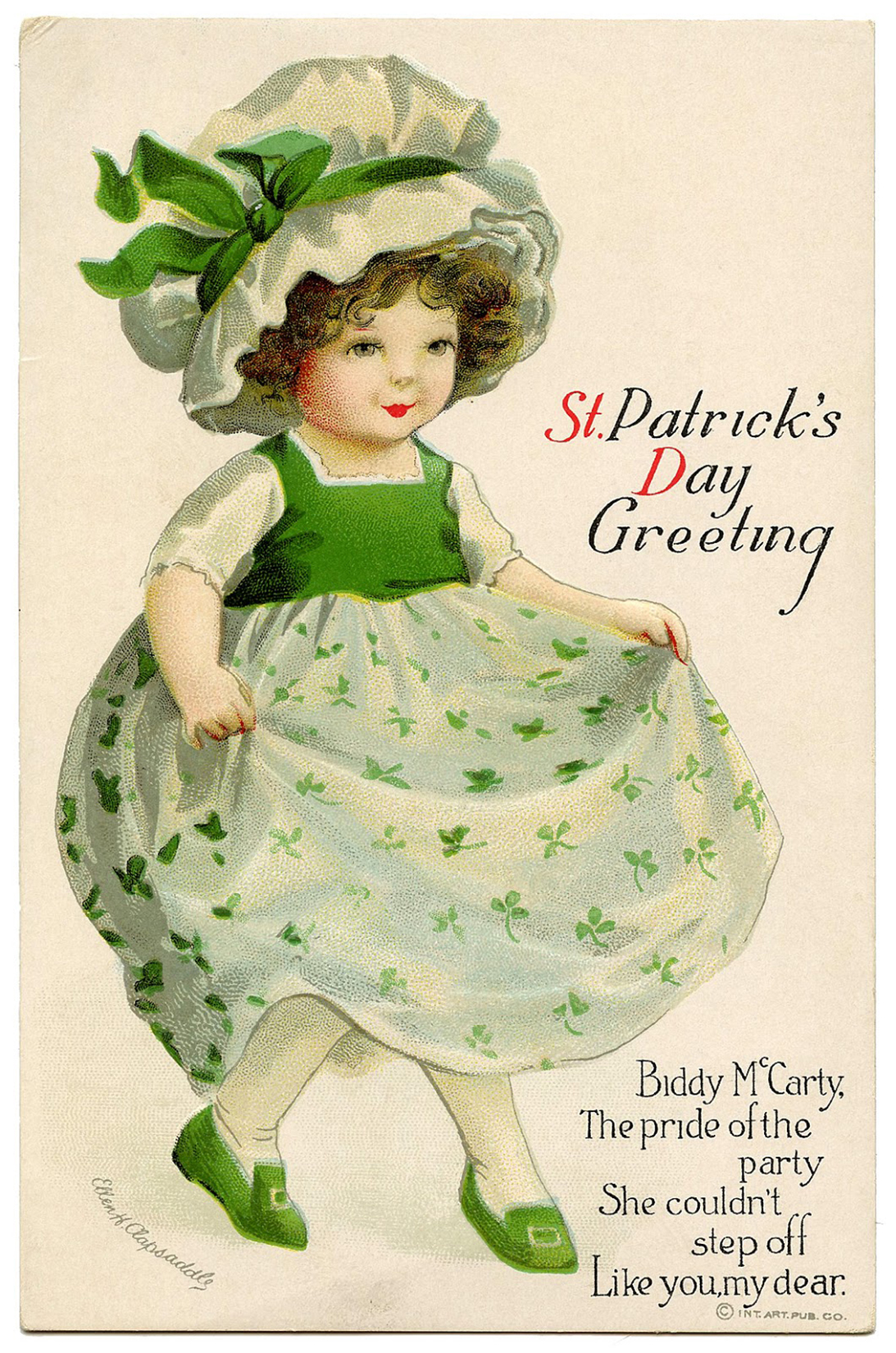
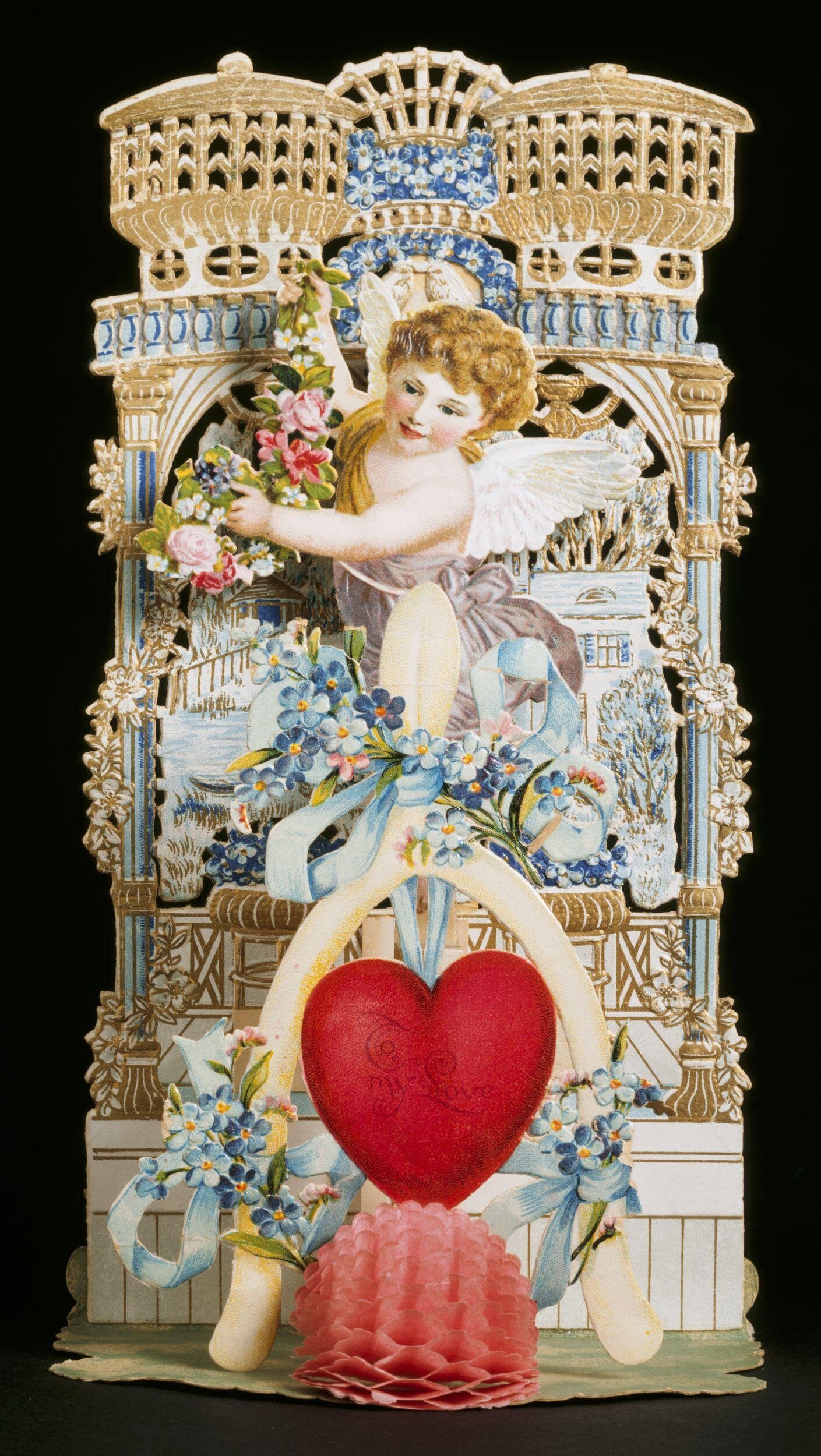

Leave A Comment